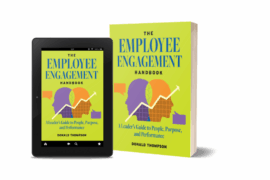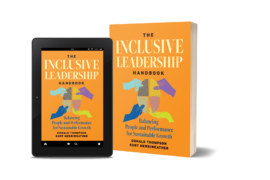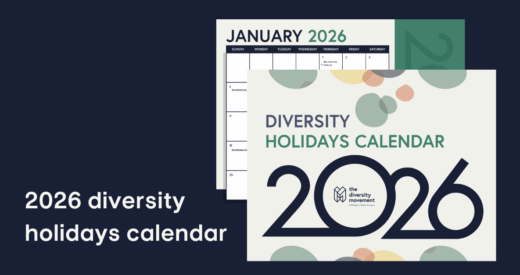When you have a question at work, do you walk over to your coworker’s cubicle? Send an email or make a phone call? Message on Teams or Slack?
The answer depends on company culture and personal preference, but it’s also influenced by age. Research shows that older generations in the workplace prefer face-to-face meetings or emails, while younger workers tend to choose direct messaging platforms. When team members choose different platforms, the result can be missed connections, false assumptions, and lower productivity.
Due to longer lifespans and other demographic changes, multigenerational teams will only become more common, with four or even five generations working together. Collaboration within these age-diverse teams depends on clear communication, and it’s up to leaders to remove obstacles that prevent understanding. The following communication best practices can help your team work efficiently while still accommodating individual preferences.

1) Remember the goal.
Regardless of the communication method and platform, the primary purpose does not change—sharing information. You may like detailed emails with lots of bullet points, but they’re ineffective if your team doesn’t read them. Ask for feedback and be prepared to shift channels if your preferred method isn’t working.
2) Don’t make assumptions.
Guessing someone’s motivation leads to misunderstandings or—even worse—damaged relationships. For example, a younger employee might not answer emails or text messages outside work hours, which could be frustrating for an older worker who is accustomed to working evenings or weekends. They might assume they are being ignored, or that their younger colleague doesn’t have a good work ethic. It’s easy to see how these negative emotions would then influence their working relationship.
3) Ask each person how they prefer to communicate.
Managers should ask each team member about their communication style and explain their own. Setting expectations early is especially important when it comes to giving and receiving feedback. Understanding how your manager gives feedback can help prevent hurt feelings; knowing how your direct report prefers to receive feedback can promote growth and improvement. Written user guides also help team members understand each other’s communication preferences.

4) Set expectations and provide training.
Most organizations have a common platform for communication, which all employees are expected to use, regardless of their personal preferences. Establishing guidelines ensures that everyone knows where they can find the information they need. When multiple channels are used, employees should be trained in how and when to use each platform.
5) Use a variety of channels.
Your team might use Slack or Teams for routine check-ins and schedule a meeting for announcements or other important conversations. Many organizations post crucial information on their intranet and follow up with emails or town hall meetings. The key to transparency is establishing a procedure that aligns with different communication preferences, even if it means repeating information.
6) Create psychological safety.
Even when following these best practices, misunderstandings can happen. When they occur, it’s important that team members feel able to identify the problem and discuss solutions, without blame or fear of retaliation. If miscommunication creates tension between colleagues, a culture of psychological safety can encourage them to resolve the conflict quickly, rather than letting negative emotions fester.

Effective communication doesn’t happen by chance—it requires intention, structure, and mutual respect. Within multigenerational teams, assumptions about age or preferences can easily derail teamwork, so leaders should stay curious, adaptable, and proactive. Adopting clear communication guidelines helps reduce misunderstandings and fosters a collaborative environment where everyone can contribute their best work.
Future business success relies on the ability to recruit and retain the most talented individuals, no matter their age. Our experts can give you the tools to bridge the generational divide and create an inclusive environment where all workers feel a sense of belonging. Learn more about our generational diversity workshop.




